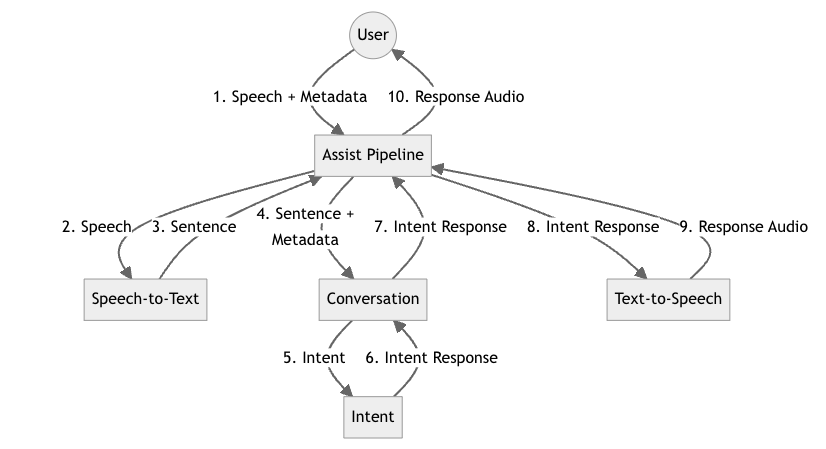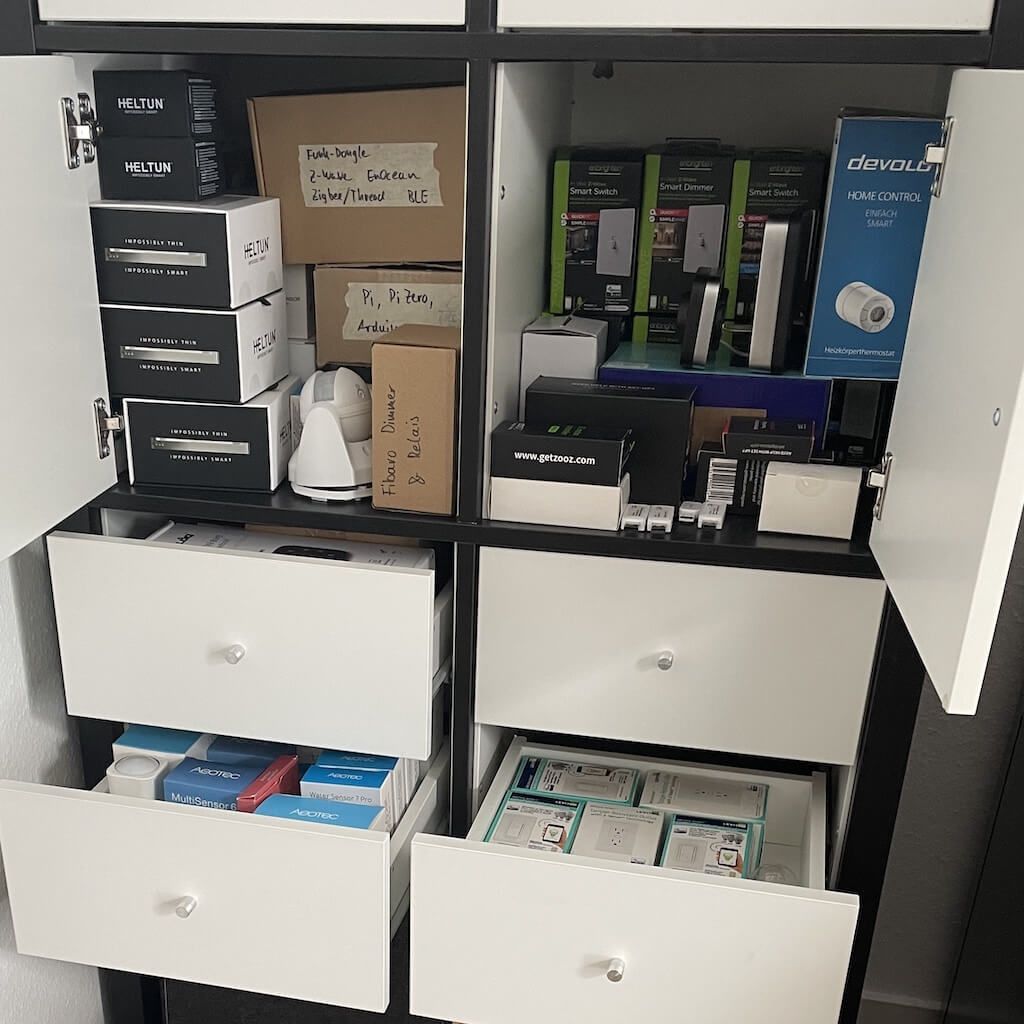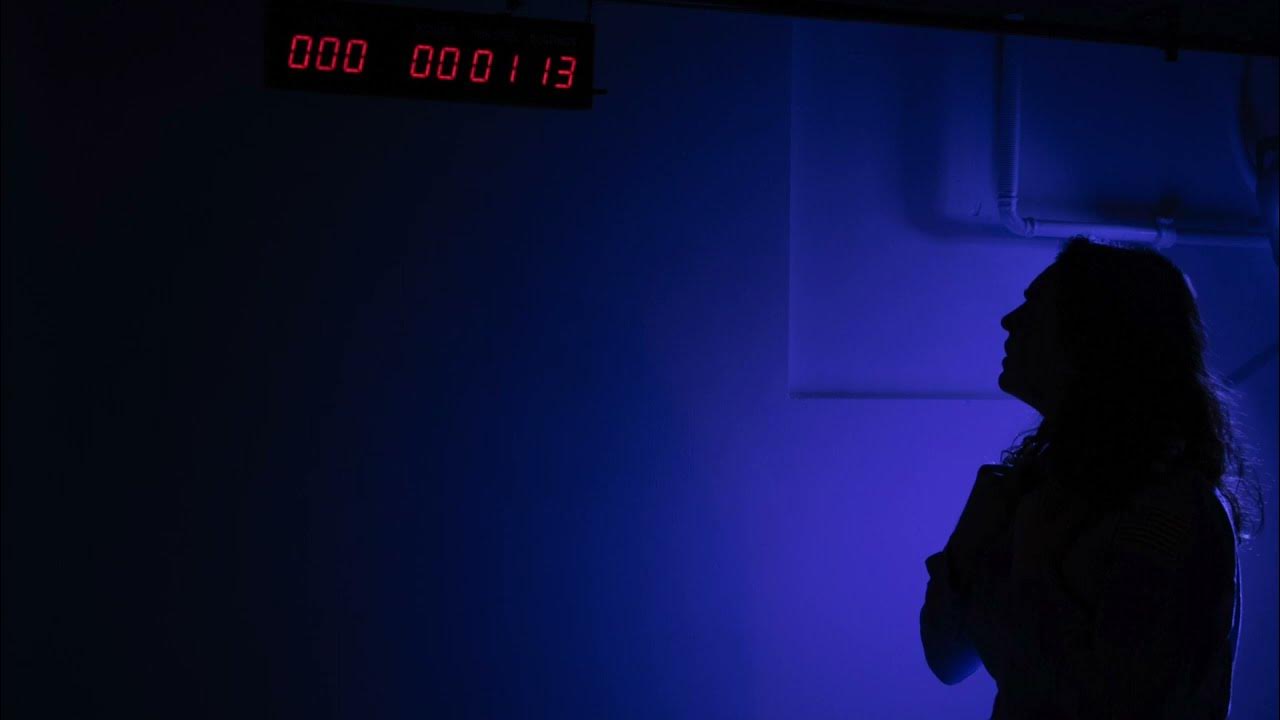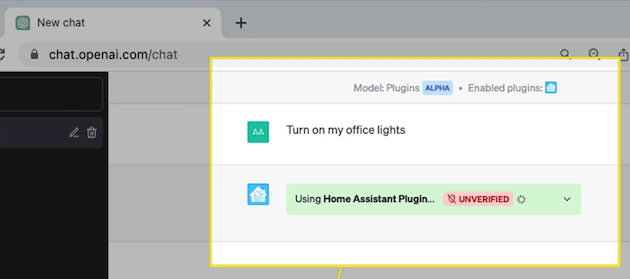Success of the Open Home

Welcome to the April edition of the Open Home newsletter, the place to learn about the latest and greatest things for your smart home that improve its privacy, choice, and durability.
It is Home Assistant's Year of the Voice and the goal is to let everyone control their home in their own language. On April 27, the team is presenting Chapter 2: "let's talk" on Home Assistant's YouTube channel. You don't want to miss this!

Someone recently asked the following question about our Year of the Voice:
What is going to make this succeed where so many have failed?
It's a fair question. Voice assistants are complicated. You need hardware to capture and play audio, you need audio processing in many different languages and, since voice is only an interface, you need to have something else to interact with.
Hardware is a one-time purchase for customers. Audio processing can be done locally, but it's out of reach for most commonly sold voice assistants. The processing still needs to run somewhere, which usually means it happens in the cloud. The voice assistant also needs to keep up with support for new products and features, which means ongoing costs to keep the available interactions up-to-date.
If you're a commercial company selling a voice assistant, you need to make sure that all initial and ongoing costs are eventually recouped, plus more to satisfy the shareholders. Amazon and Google, companies with deep pockets, have tried this approach but revenue failed to live up to their expectations. And then the cuts came.
Defining success for the Open Home Voice Assistant
For the Open Home, success is not defined by the amount of revenue that is generated. It's our goal to move the smart home industry as a whole towards prioritizing privacy, choice and durability. We do this by leading by example. We create technology that focuses on local control and privacy, like Home Assistant and ESPHome, and make sure it's accessible to everyone.
We've grown a big community that supports our vision and are willing to put in the work to make it happen. The numbers show it: last year we were the 2nd most active open source project on all of GitHub.
Our voice assistant will be successful if the following goals are met:
Create a voice assistant that is easy to use.
A user should be able to open Home Assistant and click the Assist button to get started with our voice assistant. There should be no need to do any tinkering or extensive configuration.
Create an active voice community.
We want Home Assistant's voice assistant to support as many languages as possible. Anyone should be able to control their home in their own language.
To make this work, we need an active voice community that is adding and maintaining support for all the different languages and we need to build the right tooling to support this.
Create voice assistant technology that is easy to extend and adapt.
Our technology is made up of many parts. These parts need to be usable by both internal and external systems. Just like Node-RED can plug in to Home Assistant to provide an alternative automation engine, other developers should be able to use the pieces of our voice assistant technology in their projects or create new pieces for others to experiment with.

Want to help the Home Assistant voice assistant succeed? Support development by subscribing to Home Assistant Cloud by Nabu Casa.
Matter updates
There was a lot of Matter news this month. And even more development. Marcel works at Nabu Casa and he is leading the development of Matter support in Home Assistant. This month he figured out some really nasty reliability issues and fixed them. Together with the improved reliability of Home Assistant OS 10, Matter is becoming very stable.
We've been making sure to get our hands on every Matter device that is released and make sure that it works great with Home Assistant. This includes the 2020's Nest Thermostat for which Google announced that it is receiving an update to work with Matter (Note, this does not include the Nest E or Nest Learning Thermostat).
Chris Person from The Verge tried out our Home Assistant SkyConnect and migrated his house to Home Assistant to take control:
The Home Assistant SkyConnect is a great excuse to demolish your smart home and start from scratch.
For years, I have been waiting for an excuse to make the transition to Home Assistant. With the Home Assistant’s Zigbee and Thread dongle, I had that excuse.
Kevin C. Tofel from Stacey on IoT went hands on with Matter in Home Assistant and came away impressed:
From where I stand, Matter is currently more exciting on Home Assistant than it is on the other platforms I use.
Yes, it helps when you’re talking about an open source project with a technically talented and passionate community. Regardless, it feels like Home Assistant is running laps around the “big names” in the smart home space right now.
Home Assistant 2023.4
This month's release of Home Assistant brought us more updated dialogs. Some of these features also made it as extra features for the tile card.

But the big feature in this release involves templates. By far the biggest improvement came from @depoll, who contributed macro support. This allows users to store Jinja2 functions in a special folder and use them in all places where templates are available.
{% from 'tools.jinja' import answer_question %}
{{ answer_question('light.kitchen') }}@ludeeus jumped on this opportunity and you can now install templates directly from HACS.
For more template goodness and to see the other new features, read the Home Assistant release notes.
Home Assistant OS 10
Besides a new Home Assistant Core release, we also released a new version of the Home Assistant Operating System.
This release brings support for a new board: the ODROID M-1. It has a lot of things going for it, like having space for a hard drive, but it's most important selling point: it's actually available for sale 👍

This release features an improved data disk feature. This makes it easier than ever to offload your Home Assistant data to a hard drive. This release also improves reliability of both Bluetooth and Thread. If you've had issues with either in the past, updating should solve a lot of issues.
Did you know that Home Assistant OS has a built-in recovery mechanism? If an update fails to apply or prevents Home Assistant from starting 3 times in a row, it will automatically boot the previously installed version of the operating system.
Read what else is new in the Home Assistant Operating System release notes.
A peek in the closet
Dominic is the founder of Z-Wave JS, the project that powers Z-Wave in Home Assistant. He is able to work on this full-time as an employee of Nabu Casa, the company behind Home Assistant Cloud.
Part of building out a Z-Wave driver means testing a lot of devices. All devices from Works with Home Assistant partners, like recently announced HomeSeer, are thoroughly tested and vetted. Other companies will also sometimes provide their products for testing. The result? Dominic has closets full of test Z-Wave devices 😄

Community highlights

Home Assistant Add-On: Firefox
I mean … why not? Mincka shared a new Firefox add-on that uses remote desktop to control a Firefox instance running inside your Home Assistant server. It allows you to browse websites hosted in your internal network.

Home Assistant used in a theater play
Willem wrote up how he uses Home Assistant to control the set for the theater play "You're Too Cute to be an Astronaut".

Home Assistant plugin for ChatGPT
Reddit user /u/OcelotTerrible4233 got early access to ChatGPT plug-ins and made a Home Assistant plugin that allows you to control your home directly from the ChatGPT site.
Other noteworthy news
- Sony invests in Raspberry Pi. The goal is to make Sony's edge AI platform available to all Raspberry Pi users. The idea is good, and hardware is expensive to produce at scale, but investors will also need a return on investment. Let's hope the Pi can stick to its roots (Gareth Halfacree, Hackster.io)
- Smart devices are full of dark patterns to take your data according to researchers at Northeastern University and Boston University. Especially cameras, doorbells and speakers stood out. (Kaveh Waddell, Consumer Reports)
- Raspberry Pi 4 is expected to be available in Q3. It will probably still be hard to get one by then because of many peple are waiting for one. (Eben Upton, Twitter)
- Google is refocusing on AI at the expense of their Internet of Things products and services. Unclear what the future will hold. It for sure caused a lot of news:
Google Assistant devision reorganizes to focus on their AI named Bard. (Ron Amadeo, ArsTechnica)
Google will shut down Dropcam and Nest Secure in 2024. (Nathan Edwards, The Verge)
Google Assistant games are going away soon. (Abner Li, 9to5Google)
Google stops support for third-party smart displays. (Ron Amadeo, ArsTechnica)
|






